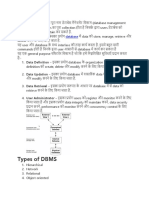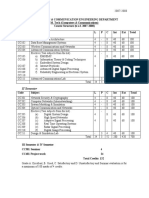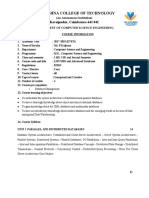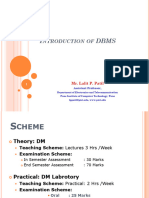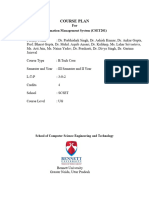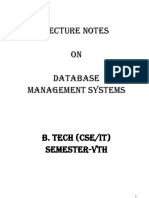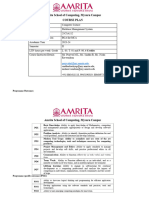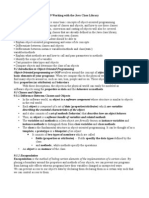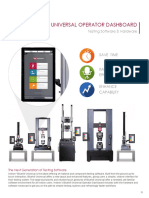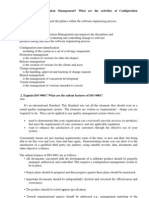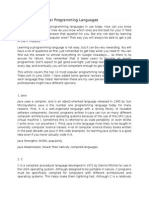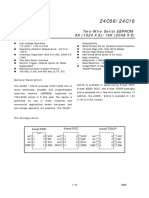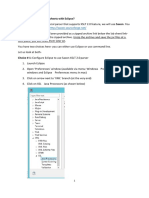0% found this document useful (0 votes)
149 views2 pagesSyllabus For MPPSC IT EXAM 2016
This document outlines the topics covered in a postgraduate diploma course. It includes 5 sections that cover key concepts in database management systems, computer networks, data structures and algorithms, operating systems and software engineering, and programming skills in C and C++. Some of the main topics discussed are data modeling, SQL, transaction processing, network protocols, data structures like arrays and linked lists, algorithm analysis, operating system concepts like processes and memory management, and object-oriented programming fundamentals.
Uploaded by
Prashant SinghCopyright
© © All Rights Reserved
We take content rights seriously. If you suspect this is your content, claim it here.
Available Formats
Download as PDF, TXT or read online on Scribd
0% found this document useful (0 votes)
149 views2 pagesSyllabus For MPPSC IT EXAM 2016
This document outlines the topics covered in a postgraduate diploma course. It includes 5 sections that cover key concepts in database management systems, computer networks, data structures and algorithms, operating systems and software engineering, and programming skills in C and C++. Some of the main topics discussed are data modeling, SQL, transaction processing, network protocols, data structures like arrays and linked lists, algorithm analysis, operating system concepts like processes and memory management, and object-oriented programming fundamentals.
Uploaded by
Prashant SinghCopyright
© © All Rights Reserved
We take content rights seriously. If you suspect this is your content, claim it here.
Available Formats
Download as PDF, TXT or read online on Scribd
/ 2









